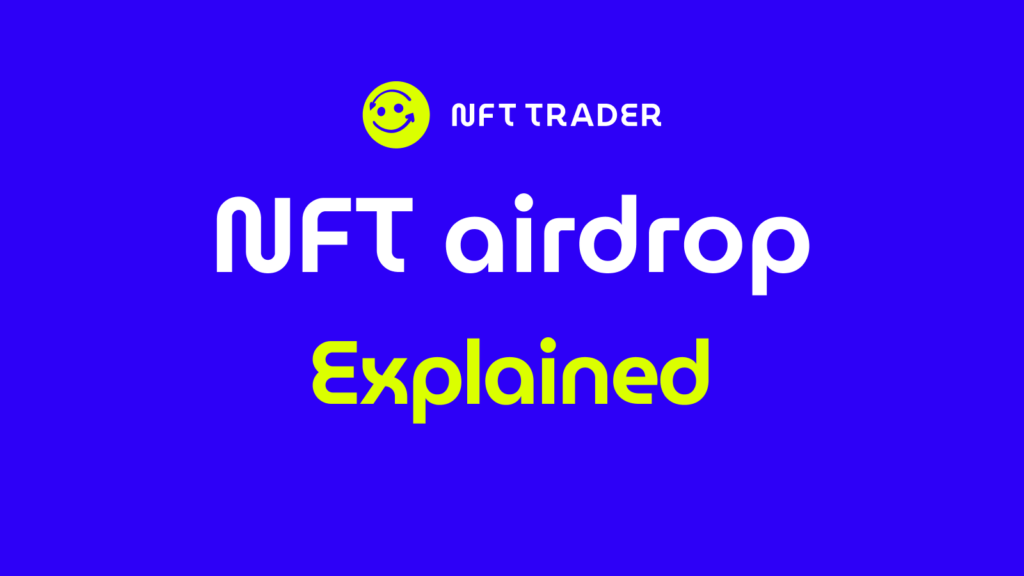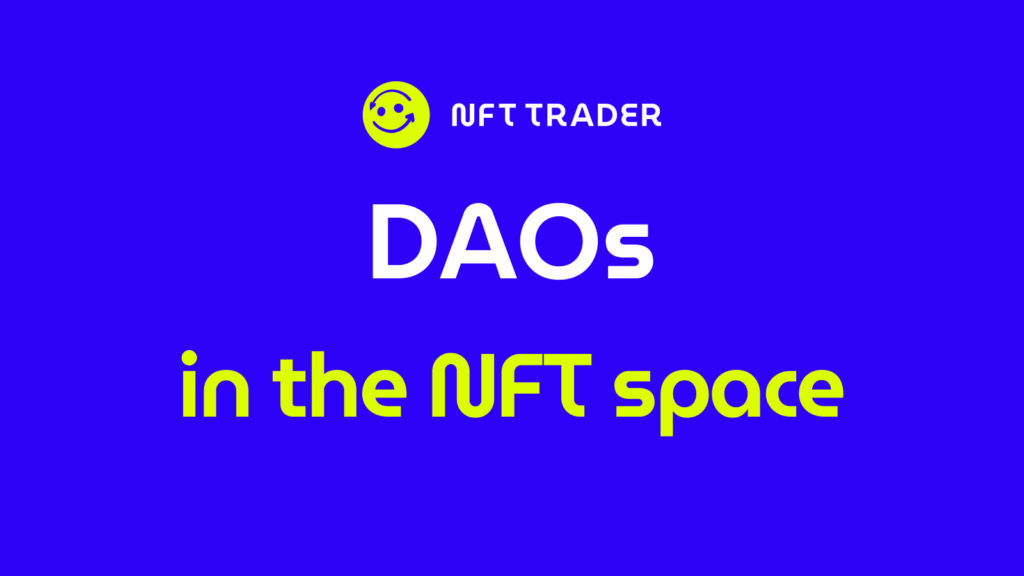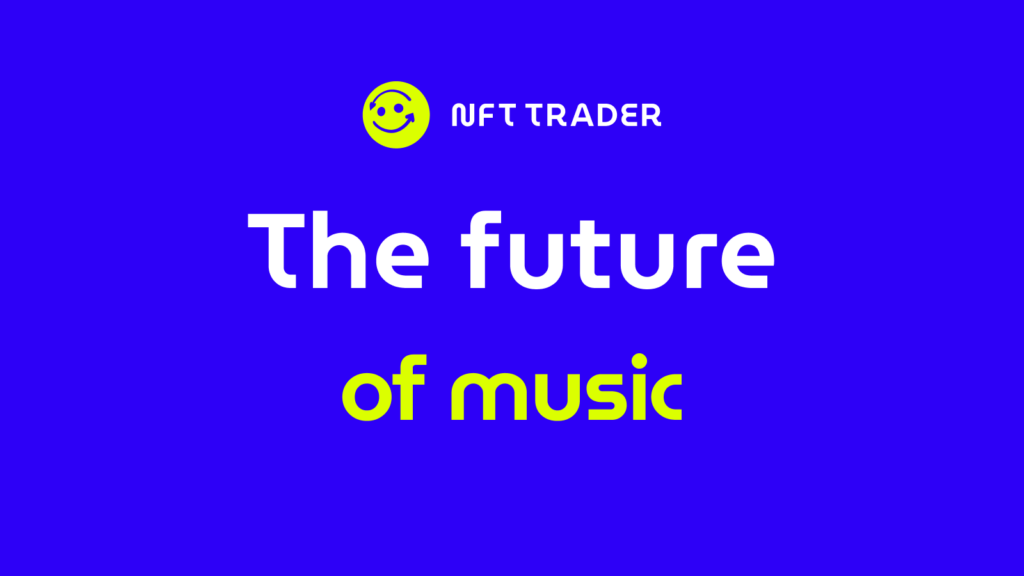Decoding NFT Airdrops: What They Are and How to Get Them

In the blockchain and cryptocurrency domain, there exists a specialized lexicon, and one such term is “airdrop”.
An airdrop, a concept originated by blockchain developers, serves as a means to reward a user or is employed as a marketing tactic wherein select users are allocated a quantity of tokens or potentially non-fungible tokens (NFTs).
In order to qualify for an airdrop, the developers of the protocol typically establish specific criteria to compile a roster of eligible users. These criteria may encompass:
- Possession of a defined quantity of ERC20 tokens ;
- Ownership of specific NFTs ;
- User engagement with particular on-chain protocols ;
- Other custom rules ;
All of this pertinent information is traceable on-chain. Subsequently, a merkle tree is essentially created, containing the addresses of the qualifying users.
Should you have previously possessed an NFT and the creator of said asset opted to acknowledge you with an additional NFT, congratulations are in order: you have been the recipient of an NFT airdrop.
Summary:
- Understanding NFT airdrops
- Types of NFT airdrops
- How to find and claim an NFT airdrop
- Are NFT airdrops safe?
Understanding NFT airdrops
Airdrops are often distributed in a similar manner, although the motivations behind them may vary. Let’s examine a few examples of airdrops:
- Bored Ape Yacht Club: Bored Ape Yacht Club (BAYC), a highly renowned NFT collection, has conducted several airdrops for its owners. Notable examples include Mutant Apes and Kennel, which were among the pioneering NFT airdrops. Airdrops of this nature often serve as a strategic marketing tactic, aiming to bolster the collection’s supply and foster community expansion ;
- Space Doodles: The Space Doodles airdrop stands out as a departure from conventional practices. Essentially, it involved the introduction of a new collection by encapsulating the existing one. This innovative approach allowed for the issuance of distinct NFTs within the original Doodles collection while maintaining the same overall NFT supply ;
NFT airdrops can be driven by a multitude of reasons, typically determined by the team responsible for creating the NFT or a new project seeking to engage with an existing NFT community. These entities may choose to conduct an airdrop as a means of rewarding and engaging with users.
Types of NFT airdrops
If the whole process to receive an airdrop it’s pretty similar to all of those, we could some kind of airdrops that are different in terms of style, such as:
- Bounty airdrop: A Bounty airdrop it’s basically an airdrop in which a group of users have done in a specific timeline a set of activities that would be rewarded in a second moment ;
- Exclusive airdrop: Claiming exclusive airdrops is typically reserved for users who own specific NFTs from particular collections or artists. For instance, the Tiffany Pendant was exclusively released to CryptoPunks owners. While airdrops are generally complimentary, it’s worth noting that exclusive drops often involve a token-gated minting process ;
- Raffle airdrop: Typically, to participate in these types of airdrops, users are required to perform a series of actions both on-chain and off-chain. Once the deadline is met and a list of eligible addresses for the raffle is compiled, a lottery system is employed to select specific users who will receive the airdrop ;
- Holder airdrop: Similar to the Exclusive drops, in this situation the holders of certain NFTs are rewarded, as we saw in the MAYC airdrop for BAYC owners ;
How to find and claim an NFT airdrop
The most effective method to discover NFT airdrops is to stay informed through various social channels associated with the NFT artists or collections you own. By actively engaging with the community, you’ll have the opportunity to participate in available airdrops as they become accessible. It’s worth noting that blue chip NFTs tend to receive a higher frequency of airdrops, although they are also more commonly targeted.
Are NFT airdrops safe?
NFT airdrops are typically secure when initiated by the original creators of the NFTs. Nevertheless, whether from the creators or an unaffiliated third party, it is essential to exercise vigilance and, at times, await feedback from other community members. Succumbing to FOMO (fear of missing out) often leads to hasty decisions, which should be avoided.



